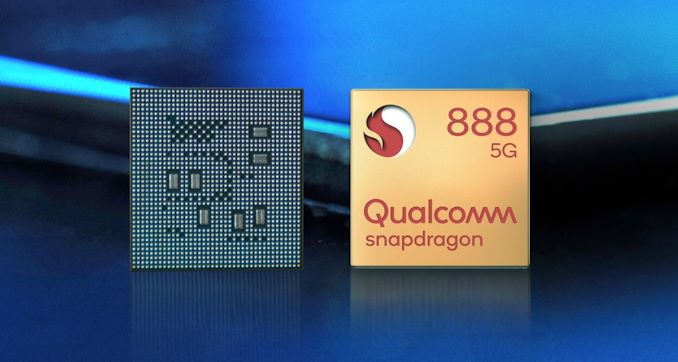The Qualcomm QCN6102 is a Wi-Fi 5 (802.11ac) and Bluetooth 5.0 combo chip, designed for use in mobile, IoT, and consumer electronics applications. It offers dual-band support (2.4 GHz and 5 GHz) and integrates both Wi-Fi and Bluetooth into a single chip, enabling compact designs for devices requiring wireless connectivity.
If you're looking for equivalent ICs to the Qualcomm QCN6102, you would be seeking Wi-Fi 5 (802.11ac) and Bluetooth 5.x combo chips, which support dual-band operation and similar features. Below are some of the comparable ICs from other chip manufacturers:
1. Broadcom
Broadcom BCM43455: This is a Wi-Fi 5 (802.11ac) and Bluetooth 5.0 combo chip, designed for high-performance wireless connectivity in a wide range of applications such as smartphones, wearables, and IoT devices. It supports dual-band (2.4 GHz and 5 GHz) and features low power consumption.
Broadcom BCM43436: Another Wi-Fi 5 (802.11ac) and Bluetooth 4.2/5.0 combo chip, designed for compact devices like smartphones, tablets, and IoT applications.
2. MediaTek
MediaTek MT6631: A Wi-Fi 5 (802.11ac) and Bluetooth 5.0 combo chip for mobile and IoT applications. It supports dual-band Wi-Fi and integrates advanced power-saving features for extended battery life.
MediaTek MT7630: A Wi-Fi 5 (802.11ac) and Bluetooth 4.2/5.0 solution designed for compact devices, offering a small form factor and power-efficient wireless connectivity.
3. Realtek
Realtek RTL8822BE: A Wi-Fi 5 (802.11ac) and Bluetooth 5.0 combo chip widely used in laptops, desktops, and consumer electronics. It supports dual-band Wi-Fi and offers high throughput, low latency, and power-efficient wireless connectivity.
Realtek RTL8821CU: A Wi-Fi 5 (802.11ac) and Bluetooth 4.2 combo chip suitable for embedded systems and IoT applications, offering dual-band support and low power consumption.
4. Intel
Intel Dual Band Wireless-AC 3168: A Wi-Fi 5 (802.11ac) solution with Bluetooth 4.2 that provides dual-band support for mobile and embedded systems. It's commonly used in laptops and other consumer devices.
Intel Dual Band Wireless-AC 7265: A Wi-Fi 5 (802.11ac) and Bluetooth 4.2 combo chip designed for portable devices, offering high-performance wireless capabilities.
5. NXP Semiconductors
NXP QN9080: A Wi-Fi 5 (802.11ac) and Bluetooth 5.0 combo chip designed for IoT, wearable, and mobile applications. It supports dual-band Wi-Fi and integrates low-power modes for energy-efficient operation.
NXP IW416: A Wi-Fi 5 (802.11ac) and Bluetooth 5.0 combo chip, often used in automotive, smart home, and Mobile Devices, offering dual-band Wi-Fi with low power consumption.
6. Cypress (now part of Infineon)
Cypress CYW43455: A Wi-Fi 5 (802.11ac) and Bluetooth 5.0 combo chip, suitable for mobile, automotive, and consumer electronics. It integrates dual-band Wi-Fi with Bluetooth support and is optimized for low-power applications.
Cypress CYW20706: A Wi-Fi 5 (802.11ac) and Bluetooth 5.0 solution targeted at consumer electronics and IoT devices, offering high throughput and extended range.
7. Qualcomm (Other Options)
Qualcomm QCA9377: A Wi-Fi 5 (802.11ac) and Bluetooth 4.2 combo chip, suitable for use in laptops, tablets, and other consumer electronics. This solution also supports dual-band Wi-Fi and offers reliable wireless connectivity.
Qualcomm QCA6174: A Wi-Fi 5 (802.11ac) and Bluetooth 4.1/4.2 combo chip designed for embedded systems and consumer electronics, offering dual-band Wi-Fi and low power consumption.
Key Features to Consider When Choosing an Equivalent:
Wi-Fi Standard: Ensure the alternative supports Wi-Fi 5 (802.11ac) for the required data rates and efficiency. If you need Wi-Fi 6 (802.11ax), that would be a different set of chips.
Bluetooth Version: Most modern combo chips integrate Bluetooth 5.0 or higher, but ensure the version supports your specific range, data transfer rate, and power consumption needs.
Dual-Band Support: Make sure the chip supports 2.4 GHz and 5 GHz bands for flexibility and to avoid interference with other wireless systems.
Power Efficiency: For mobile and IoT applications, low-power operation is key, especially when the chip is running for extended periods on battery power.
Form Factor and Integration: Depending on your design constraints, choose a chip with the required integration level (e.g., antenna, power management) and physical footprint to suit your device.
Each of these alternatives provides similar functionality to the Qualcomm QCN6102, supporting both Wi-Fi 5 (802.11ac) and Bluetooth 5.0, and can be used in applications ranging from mobile and embedded systems to consumer electronics and IoT.
Other

What is HBM (High Bandwidth Memory)?
2024.09.05

What is Antenna Tuner IC?
2024.09.20

What’s the Difference between LPDDR and DDR?
2024.09.25

Snapdragon 888 5G Mobile Platform
2024.09.26

What is WiFi 6E?
2024.09.26

What is Bluetooth Audio SoC?
2024.09.26

What's HBM3E (High Bandwidth Memory 3)?
2024.09.26

What is an Audio Codec?
2024.10.09





